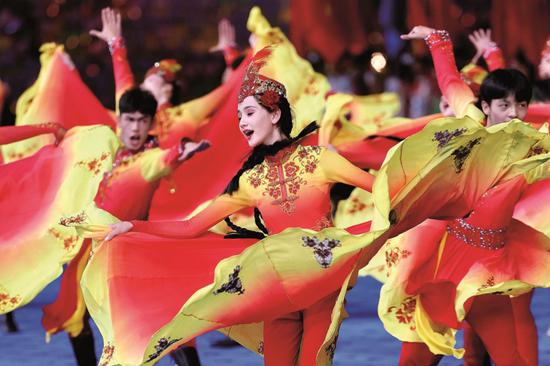
Dancers perform during the opening ceremony of the games in Sanya on Nov 22. (WEI XIAOHAO/CHINA DAILY)
Many spectators said they didn't dare blink when Luo Jun from Hainan province shinnied up a 9-meter artificial coconut tree in just 6.188 seconds, otherwise they might have missed it.
The rapid ascent won Luo the men's coconut tree climbing event, which debuted at the 12th National Traditional Games of Ethnic Minorities of China held in Sanya, Hainan, last month.
The 28-year-old from the Li ethnic group said that thanks to the games, coconut tree climbing is no longer only popular among people from the Li and Miao ethnic groups on the tropical island, where coconut trees are ubiquitous. It can now be promoted as a fun sport for people around China and even the world, he believes.
"I still prefer to train on real coconut trees because the reward of climbing to the top is instant and sweet — coconut water," Luo said.
There are no games in the world quite like the National Traditional Games of Ethnic Minorities of China.
Besides coconut tree climbing, spectators enjoyed events such as single bamboo drifting, in which competitors stand barefoot on a piece of bamboo (or similar material) floating on the water, and use a thin bamboo pole to propel themselves forward. They also marveled at stilt racing, which involves athletes balancing on two long poles with foot loops that raise them 30 to 35 centimeters above the ground.
The competitions are all rooted in traditional customs and the daily life of people from different ethnic groups in China, and have evolved into sports events with participation from multiple ethnicities.
Single bamboo drifting, for example, originated in Guizhou province where local people cut bamboo and used it for river transportation. Stilt racing started among Miao ethnic groups, whose ancestors used to walk on stilts in ancient times to escape frequent floodwater.
Beginning with less than 400 athletes from 13 ethnic groups, the event was launched in 1953 with only eight sports.
At the 12th games held in Sanya from Nov 22 to 30, a total of 6,960 athletes from all 56 ethnic groups in China competed. The event featured 18 traditional sports and three demonstration ones.
All the equestrian competitions were held in July in Zhaosu, Xinjiang Uygur autonomous region.










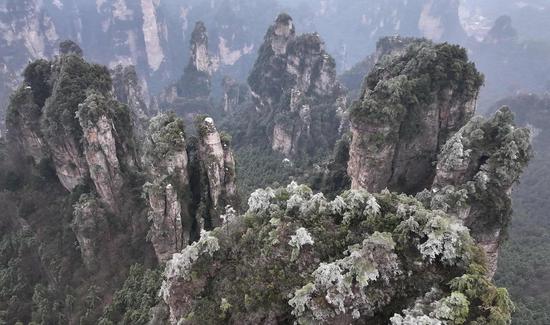

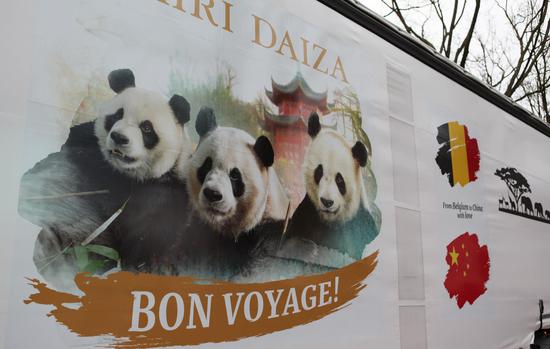
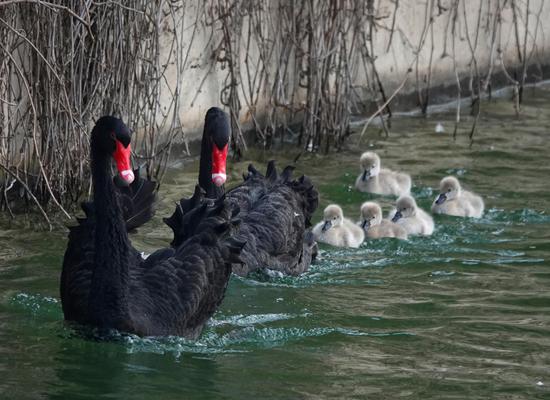


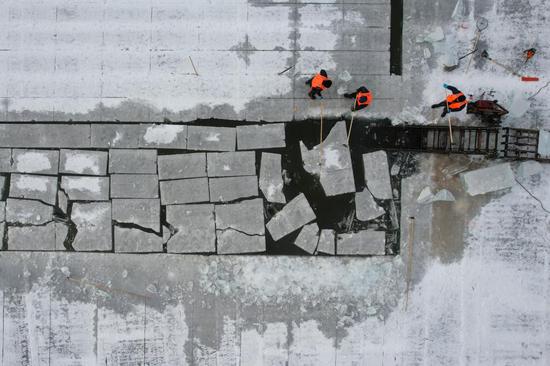


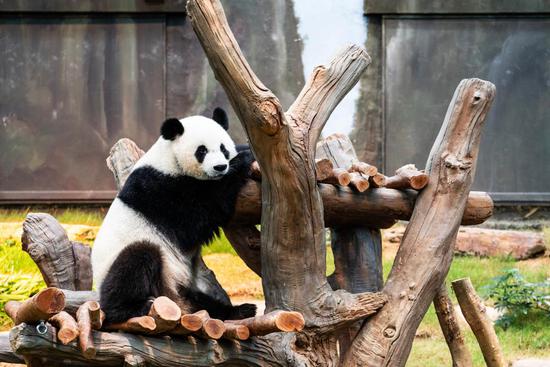

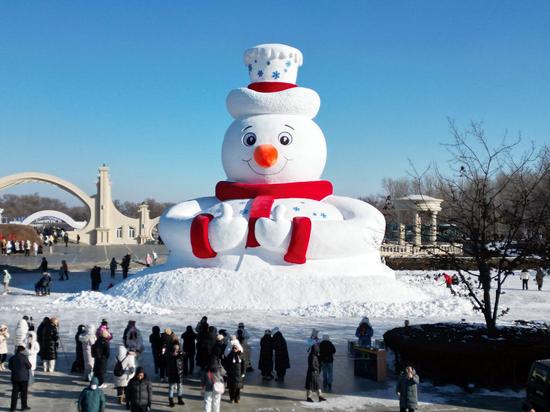
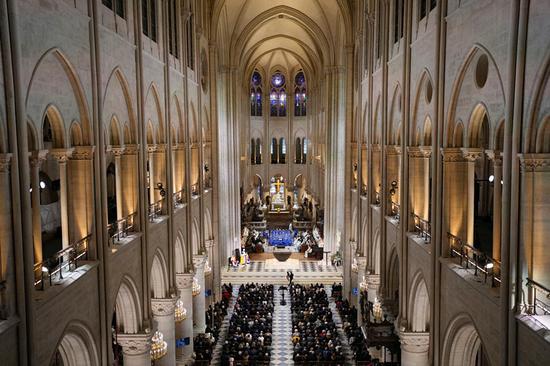


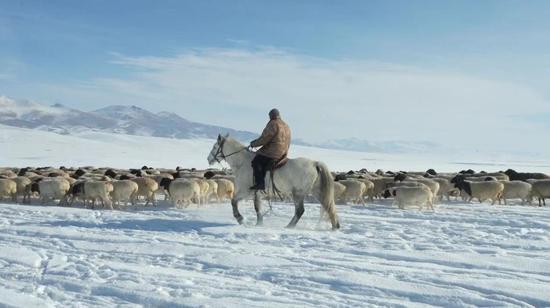
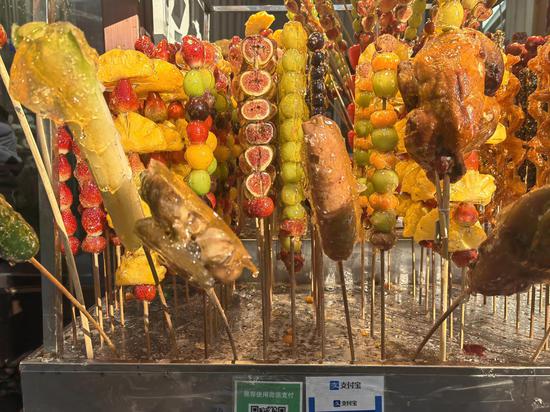


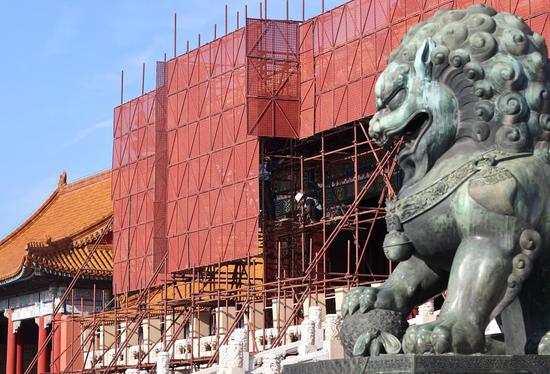
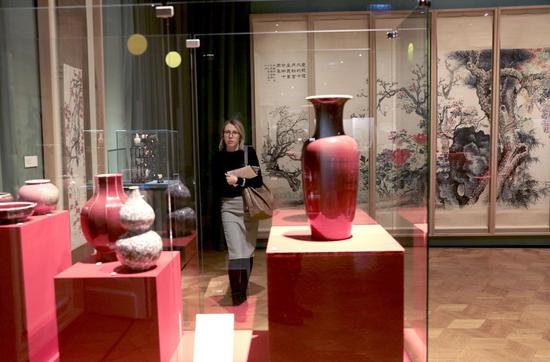
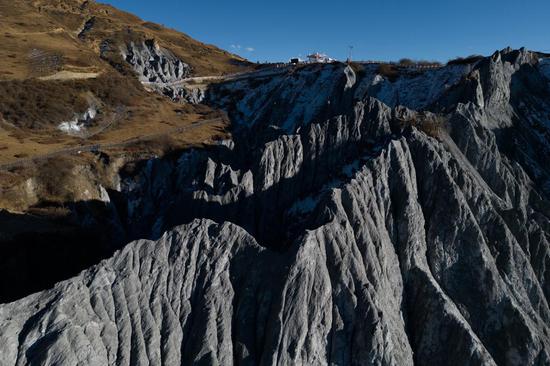


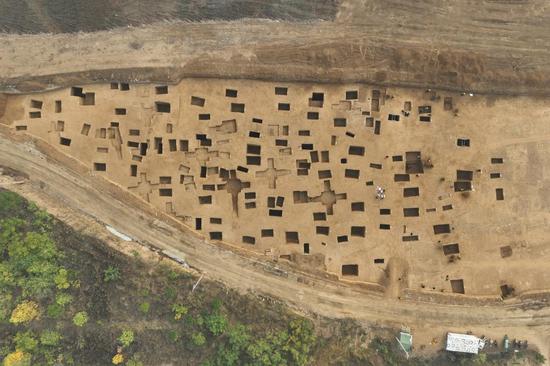
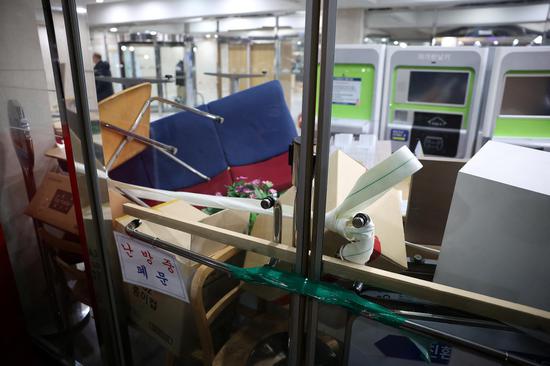
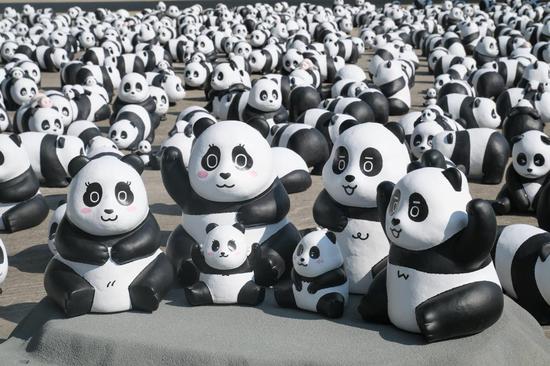
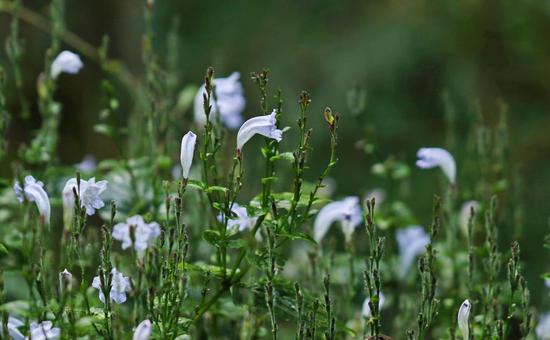



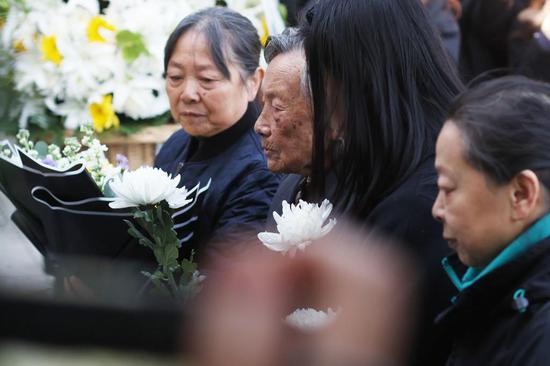
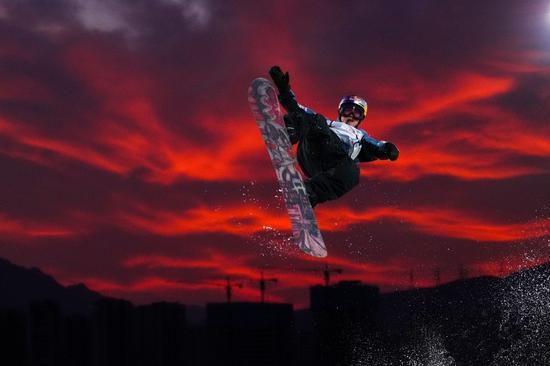
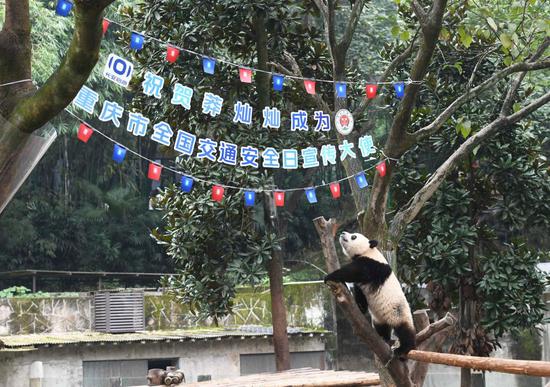


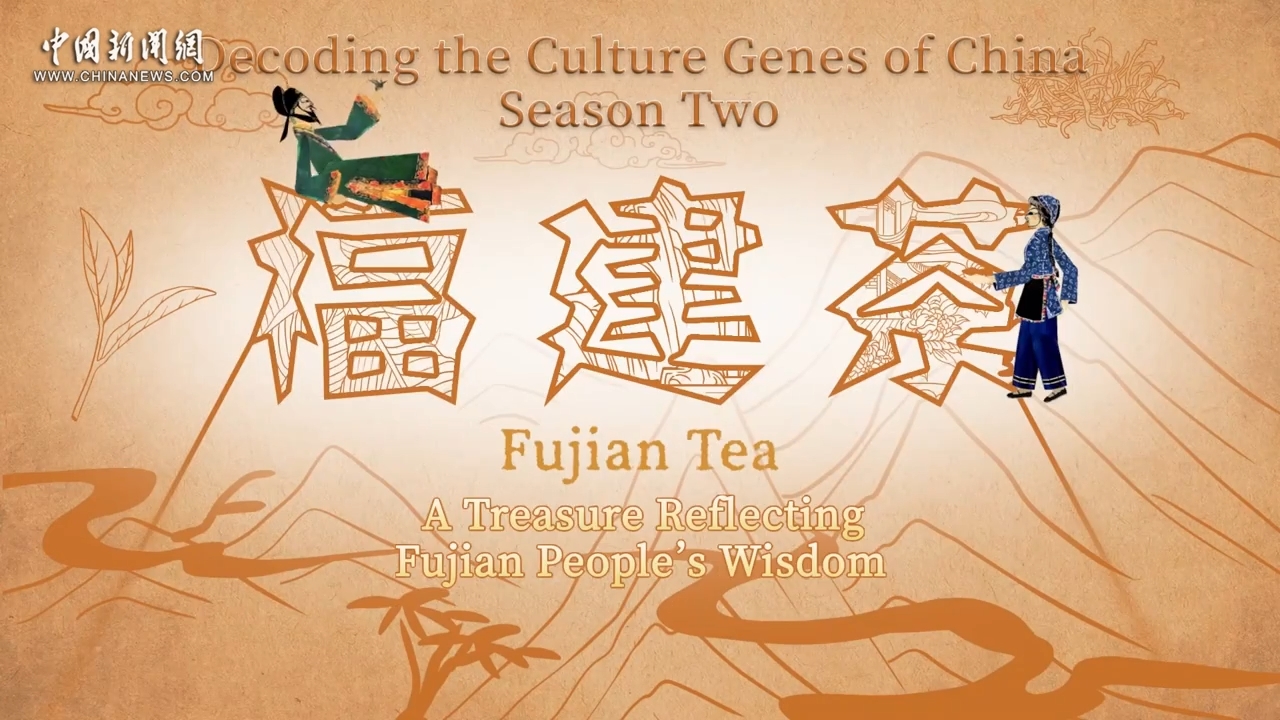

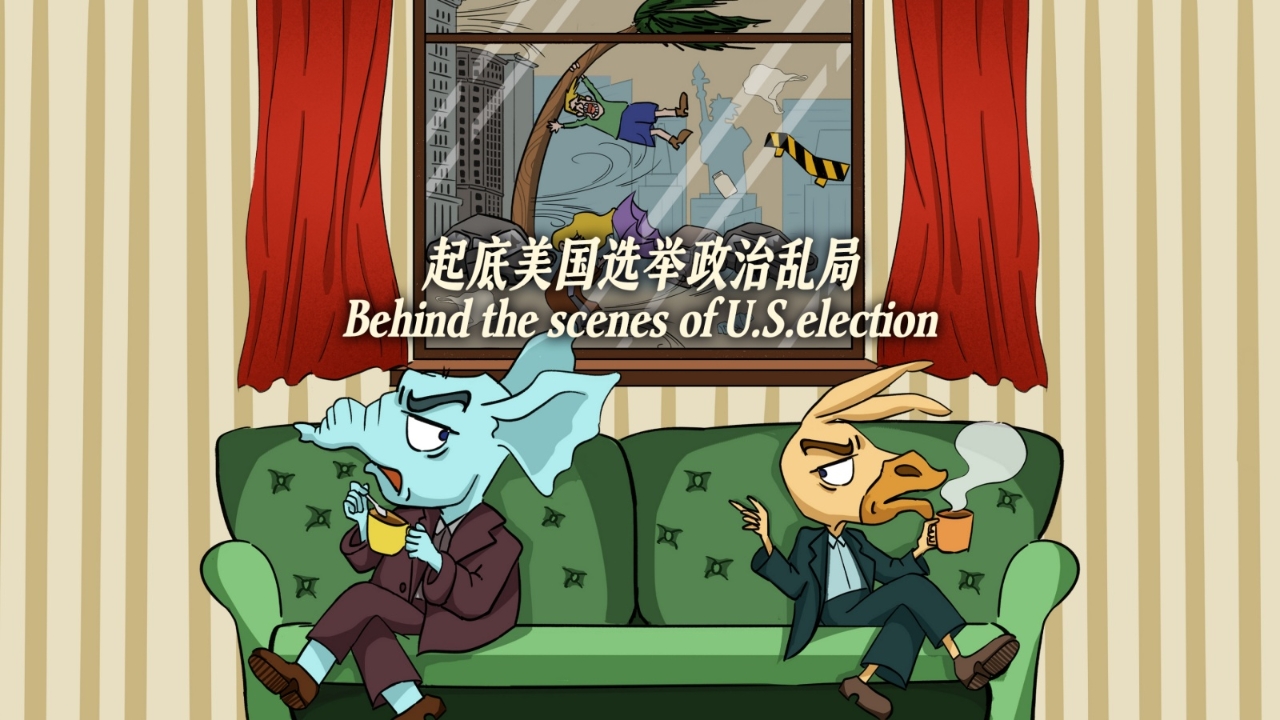

 京公網(wǎng)安備 11010202009201號(hào)
京公網(wǎng)安備 11010202009201號(hào)